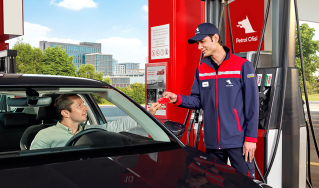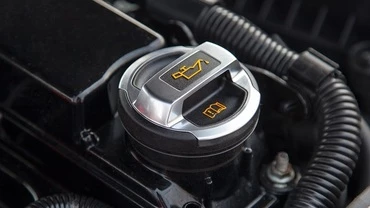CNG (Compressed Natural Gas) is methane gas (CH₄) compressed to a pressure of 200–250 bar. LPG (Liquefied Petroleum Gas) is a blend of propane (C₃H₈), propylene (C₃H₆), butane (C₄H₁₀), and butylene (C₄H₈) gases, liquefied at 15°C and between 1.7–7.5 bar, with ratios varying by region. LPG is derived from crude oil through a distillation process and, although it emits CO₂ when used, it is a cleaner fuel compared to gasoline—producing about 25% less CO₂. CNG is even cleaner, emitting up to 80% less greenhouse gas than a gasoline engine. Because CNG is lighter than air, it disperses easily in case of leakage, making it safer than gasoline. LPG, on the other hand, is heavier than air and tends to sink; while it is less flammable, it can pose safety risks in the event of an accident. Compared to gasoline and diesel, LPG and CNG contain fewer hydrocarbon bonds, which means they have lower energy content. LPG (propane) has roughly 2.5 times higher calorific value than CNG. All gasoline engines can be converted to run on LPG or CNG. Because LPG and CNG contain less energy than gasoline, converted engines experience a slight power loss (around 10% for LPG). CNG engines produce less combustion residue (such as soot) since they do not contain lead or benzene, keeping engine oil cleaner and preventing spark plug fouling. However, because LPG and CNG have lower lubricating properties than gasoline or diesel, they can cause increased valve wear, although they positively affect piston ring lubrication. As LPG requires less storage space, it is generally more suitable for passenger vehicles. In CNG applications, achieving equivalent power output raises combustion chamber temperatures by approximately 200°C, which shortens the lifespan and durability of metal components and accelerates oil oxidation.





